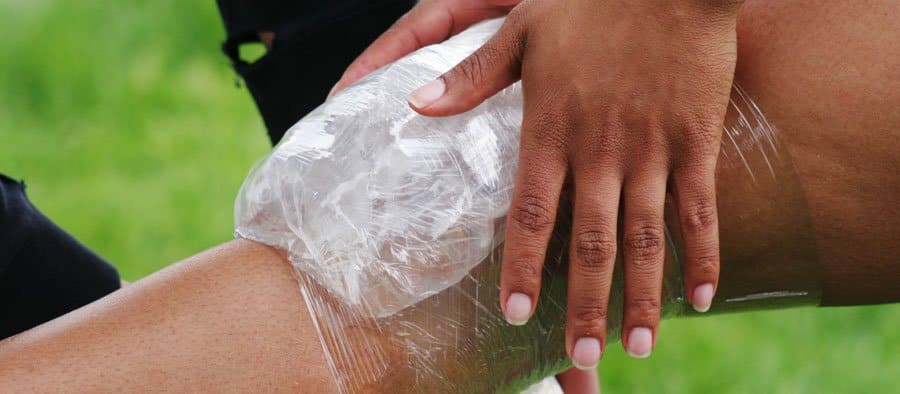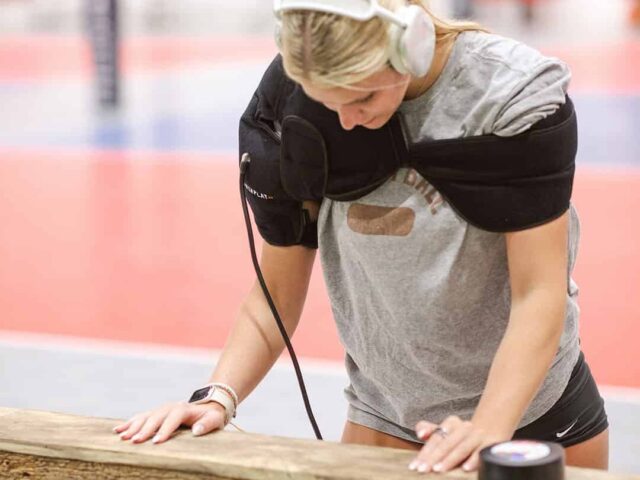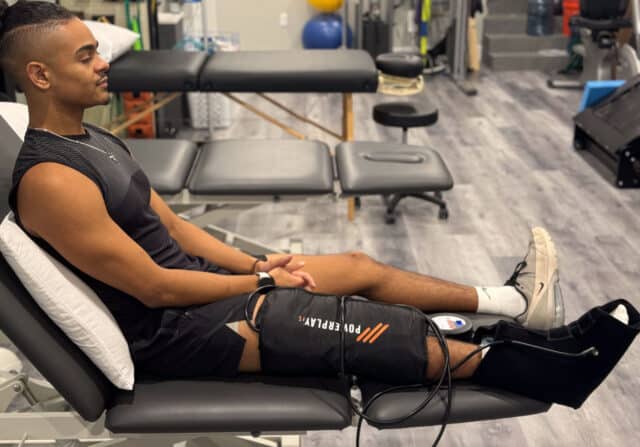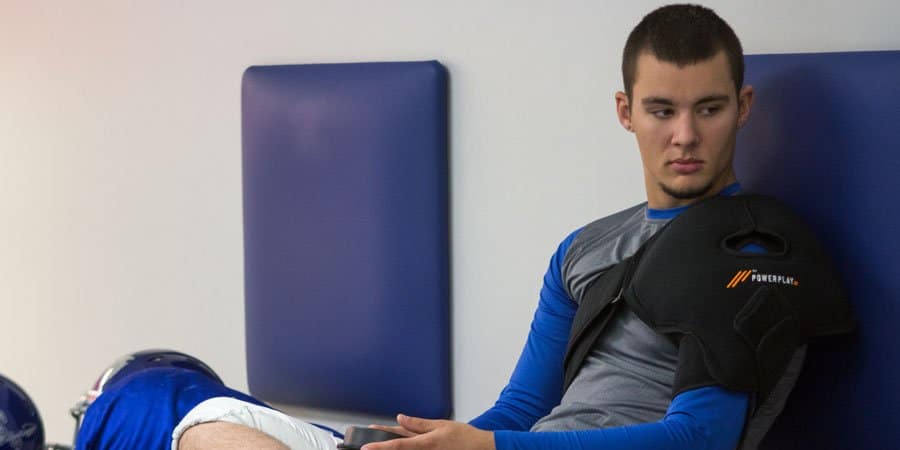When an athlete gets injured, ice packs are usually the first treatment an athletic trainer will use. Have you ever wondered why?
Why Ice Packs Are Used
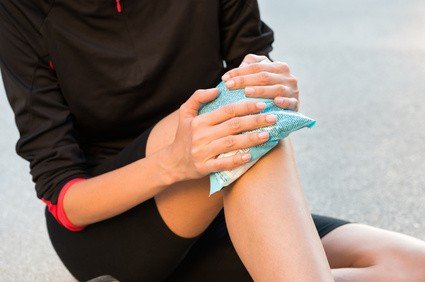
Ice brings cold to the area of the body that is injured. When an acute injury occurs, the blood vessels dilate, causing more blood and inflammatory fluid to accumulate around the injury. Ice can help decrease the inflammation response by reducing vasodilation and numbing the area, which helps mitigate pain. Those are the main reasons that people use cold therapy treatments after an injury.
The famous acronym, PRICE, which stands for Protect, Rest, Ice, Compression and Elevation, has been the gold standard for responding to inflammation for a long time.
Ice Packs Contested
Some athletic trainers and physical therapists have recently begun to challenge the theory of ice packs or cold in general doing much good. They believe that the human body has evolved the inflammation-to-injury response for good reason and therefore don’t see the need to undercut this process by putting ice on an injury.
The people in this camp believe that mobility and the body’s own inflammatory response is the key to recovery.
Alternative to Ice Packs Alone
Most clinicians adhere to the belief that the combination of cold and compression has the highest impact on reducing swelling. In fact, a study that researched the effectiveness of adding ice postoperatively showed that when compression and ice were applied post-op there was a 47% decrease in swelling, as opposed to the 17% decrease in swelling when using cool packs alone.
“Beginning at admission, every 24 hours the circumference was measured around the ankle, midfoot, and forefoot. After 24 hours of treatment, there was a 47% reduction in swelling with the A-V impulse System, 33% with continuous cryotherapy, and 17% with cool packs.” (source: PubMed)
Cold and Compression
 We designed PowerPlay with both methods in mind, to help aid recovery. Our cold packs don’t require ice water and can be inserted or taken out of our compression wrap easily, and can even be heated in the microwave for heat therapy! Some of our customers just use the cold packs, and some just use our portable compression device. They were designed to be used together, but perhaps it’s best to try different things to find the strategy that works best for you.
We designed PowerPlay with both methods in mind, to help aid recovery. Our cold packs don’t require ice water and can be inserted or taken out of our compression wrap easily, and can even be heated in the microwave for heat therapy! Some of our customers just use the cold packs, and some just use our portable compression device. They were designed to be used together, but perhaps it’s best to try different things to find the strategy that works best for you.
